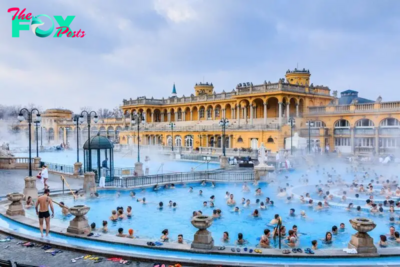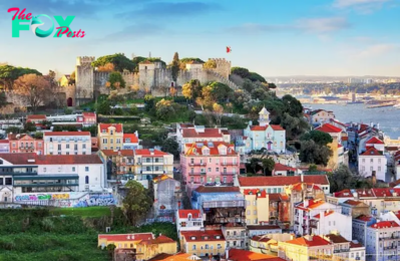Travel
A Beginner’s Guide to Rome: 13 Things You Should Know
We all know the saying, ‘Rome was not built in a day.’ This marvelous city was built over the course of 1229 years in an age when the Roman Empire ruled the world. Even though it’s been centuries since Rome was considered the center of the world, the city still captivates Travelers with its crumbling pillars and Renaissance buildings.

Today, tourists visit not only to view the incredible structures that somehow blend seamlessly into the landscape of modern Roman life but also to dapple in high-street shopping, sip espressos on the sidewalk, and indulge in gelato that melts in your mouth.
As one of the world’s most iconic cities, Rome offers so much more to see and experience than what meets the eye.
After three months of living and studying in this storied city, I’ve collected some recommendations and tips for anyone visiting Rome for the first time:
Gelato is Always a Good Idea

First things first: always say yes to Gelato. As the birthplace of this icy, creamy dessert, Rome is home to some of the best gelato creameries in the world. In the city center, you can find a store on just about every corner. But for the real deal, make your way to Gelateria dei Gracchi or Giolitti, where a small cone costs between €3 and €4.
Pro Tip: The key to identifying good gelato is looking for the natural, muted colors in sunken frozen containers. Avoid places with brightly colored towering mounds, as these might be regular ice cream and not traditional gelato.
Visit the Sistine Chapel at Closing Time

The Sistine Chapel is a must-see in Rome, with its incredible frescoes, architecture, and the Vatican Museum nearby. All cards on the table: It took me three months to visit this attraction, but by the time I had a week left in Rome, it became a high priority.
I was recommended to visit the chapel at closing time, and it might have been the best advice I ever received. Now it’s no hard-rule, but tourists tend to get their tours and museums out of the way before lunch, so crowds are usually thinned out by the early evening.
The museum closes at 6 pm, and the last entry is at 4 pm, so make sure you don’t miss the day entirely (especially if you have already purchased tickets).
Pro Tip: Booking your tickets online in advance is also essential. Not only will this save you time standing in line, but it will also allow you to explore the chapel and museums at a more leisurely pace. A full entry ticket costs €20, while a ‘skip the line’ ticket purchased online costs a total of €25. When you see the line, you’ll realize how worthwhile this is.
Trastevere is Rome’s Most Characteristic Neighborhood
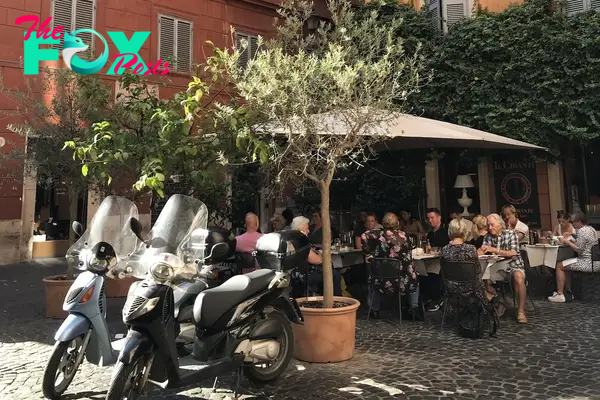
My favorite neighborhood to explore on foot in Rome was, no doubt, Trastevere. Scattered with narrow cobblestone streets and warm terracotta buildings, it is one of the most picturesque places to experience authentic Roman culture and day-to-day life.
There are plenty of local eateries, bars, and boutique shops worth checking out. You might also want to visit the stunning Basilica of Santa Maria. It’s one of the oldest churches in the city and houses exquisite mosaic art dating back to the 12th century.
Trattoria Da Enzo al 29 is a favorite local restaurant here, serving up simple yet authentically delicious pasta.
Pro Tip: Don’t visit on a sunday, when many restaurants and shops are closed.
Public Transport is Tough To Navigate

Every city has its downfalls, and in my opinion, public transport is Rome’s. Now, it isn’t all bad news, because the inner city center is easily walkable. But if you intend to explore residential neighborhoods further out, you can expect some delays and confusion.
The Metro is the best option, with just three lines and a 100-minute ride costing only €1.50. But that said, the metro misses a lot of the city center and is not the clean, fast, or efficient service you might expect from a European metro.
Buses are worse, often arriving late or not at all. If you have just a few days in the city, transport can be frustrating, and I recommend using cabs and Uber for short distances.
That said, public transport is really cheap. A 48-hour ticket costs €12.50, and a 24-hour ticket costs just €7.
The Beach is a Short Train Ride Away
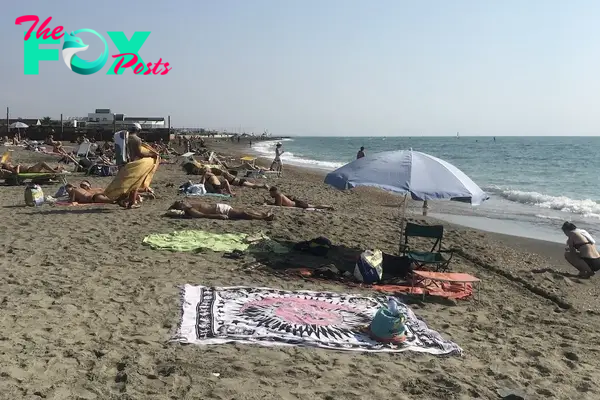
While Rome is strategically located slightly inland from the Mediterranean coastline, you can visit the beach with a short hour and ten-minute train ride. A round trip to Ostia, the closest beach, is just around €3.50. These regional trains (labeled REG) are much more reliable and usually on time.
While it is no Sicilian paradise, the beaches here have soft golden sand and warm water, perfect for a kid-friendly day at the beach.
The City Isn’t As Clean As It Could Be
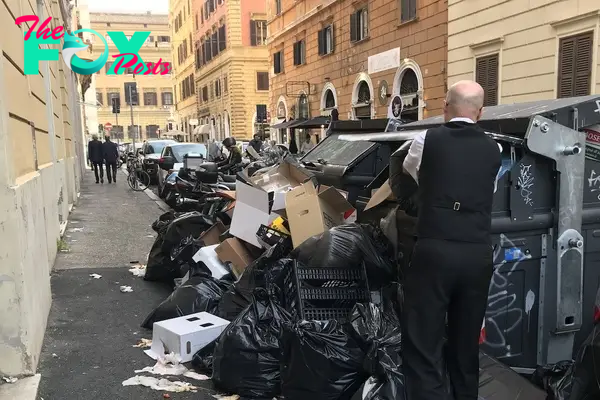
Another con for this city is its cleanliness. While you might not have issues in the tourist bubble of the city center, as soon as I left the inner city for my home in the residential neighborhoods of Rome, I was constantly surprised at how bad local service delivery was.
Bins were often overflowing with pasta and pizza (poetic, I know) and had not been collected in days. Graffiti is also rife, but this didn’t worry me as much. Just make sure to carry hand sanitizer and wet wipes to stay comfortable and clean while exploring the city.
Eat As Much Burrata As You Can
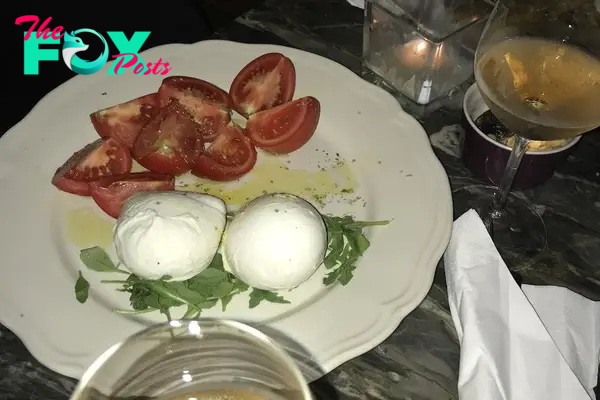
Burrata is another culinary delight you can’t miss in Rome. Enjoyed as part of a caprese salad or paired with prosciutto, it’s one of the most delicious creamy cheeses on the market. It’s not cheap, with prices for a starter portion starting around €8 to €15, but it is totally worth the hype.
The burrata aPetizer from Ristorante Salumeiria Riscioli, served with semi-dried tomatoes and dried sage (for €22), is a must.
Visit During Shoulder Seasons
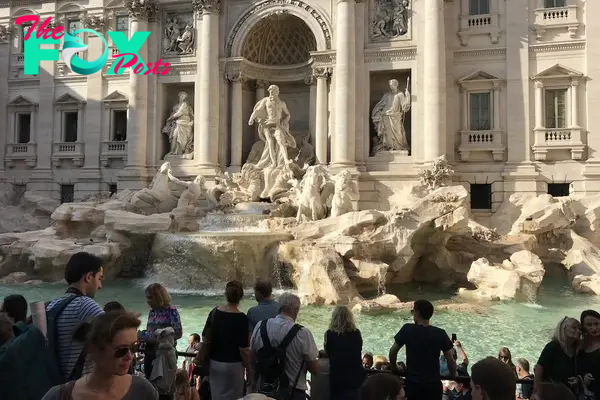
Rome is big, but its city center is compact. You can pretty much walk between the Trevi Fountain, Piazza Navona, Pantheon, Roman Forum, Spanish Steps and the Colosseum within one day. While convenient, its small size means that the city gets incredibly busy when tourist season hits.
I always recommend visiting during shoulder seasons between April and June or September and November. Crowds will be less intimidating, the weather will be milder, and many hotels and restaurants will offer special deals. It also means standing in shorter lines for the main attractions, so you can potentially toss a coin into the Trevi and make a wish without having to fight your way to the edge.
Museums Are Free on the First Sunday of Every Month

Many of Rome’s state and civil-owned museums and archeological sites open to the public for free on the first Sunday of every month. The list is extensive and includes the Roman Forum / Palatino, The National Museum of Rome, Gallery Borghese, the Gallery of Modern Art, and the Museum of H.C Anderson.
However, remember that many museums also close on Mondays, so plan your visits accordingly. I usually recommend arriving early to avoid long lines for all museums other than the Sistine Chapel.
Cappuccinos are a Breakfast Drink
Across Italy, cappuccinos are considered strictly a breakfast drink. Locals think it unusual and distasteful to order a cappuccino past midday. Cappuccinos are usually enjoyed with a pastry (try a cornetto and thank me later) on the side of the street. For the true Roman experience, enjoy your cappuccino standing up at a bar table.
A cappuccino should cost around €1.50 to €3 if you stand and slightly more if you sit at a table.
Watch Out For Scams

Like any major tourist destination, Rome has a fair share of scams to be aware of. Never let anyone help you at an ATM or give you directions. Avoid accepting gifts from street vendors, as payment is often demanded later. Keep an eye on your possessions at all times, and don’t flash cash around unnecessarily.
Fake charity Petitions have also been an issue in the past, as have taxi scams where drivers try to milk you for more money by changing the meter to a weekend rate for weekday rides.
Tipping is Appreciated

I always like to carry a bit of cash to leave as tips. Tipping isn’t obligatory, but it is certainly appreciated. Leaving a small tip of around 10% is a nice gesture if you have good service. It’s also customary to round up the fare for taxi drivers or leave a euro or two extra.
Dinner is a Late Affair
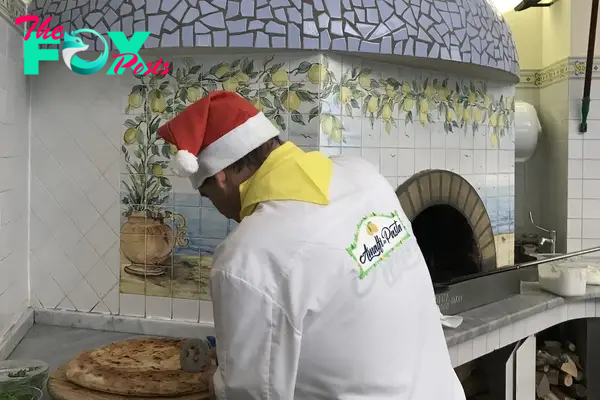
When in Rome, don’t be surprised if you get a table booking for 9 p.m. Romans typically eat pretty late, enjoying leisurely drinks and aperitivos before the final meal.
An Italian meal structure has five courses. Aperitivo is a pre-meal drink meant to cleanse your palate and whet your apPetite before the first course. Antipasto is a small bite of food like cheese, bread, or a Caprese salad. Primo is what Westerners would call ‘starters’ and is usually a soup, rice dish, or pasta dish.
Then we move on to the main course, called secondo, which is usually a chicken, meat, or fish dish. Dinner is then finished with a portion of dessert or ‘dolci,’ and topped off with a ‘digestif,’ an after-dinner liquor like grappa or limoncello.
-
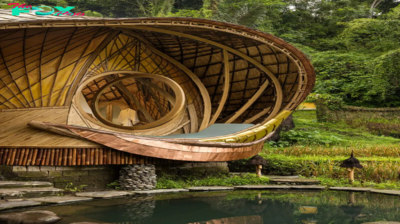
 Travel16h ago
Travel16h ago5 Fantastical Travel Locations that are Out of This World
-

 Travel2d ago
Travel2d ago10 Ultra-Luxury Ski Resorts Around The World
-
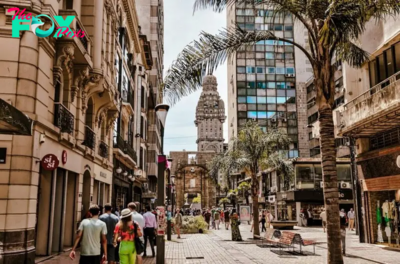
 Travel6d ago
Travel6d ago10 Best Countries to Visit in January
-
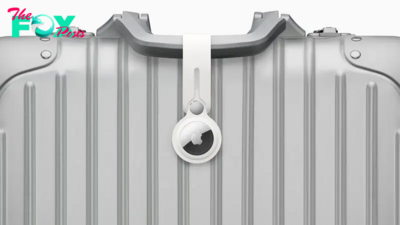
 Travel6d ago
Travel6d agoCheck Out the Best Smart Trackers in the Market for Your Luggage
-

 Travel1w ago
Travel1w agoFilming Locations of ‘Mr. Plankton’ That Are Worth a Visit
-

 Travel1w ago
Travel1w ago8 Gorgeous Islands in the US That You Can Drive To
-
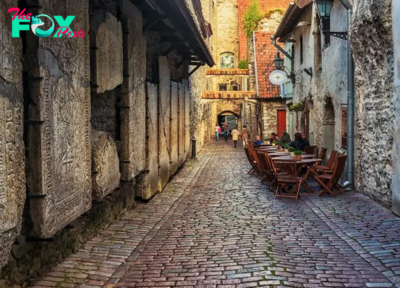
 Travel1w ago
Travel1w ago10 Underrated European Capitals Worth a Visit
-

 Travel1w ago
Travel1w ago12 Best U.S. Cities to Visit in January




